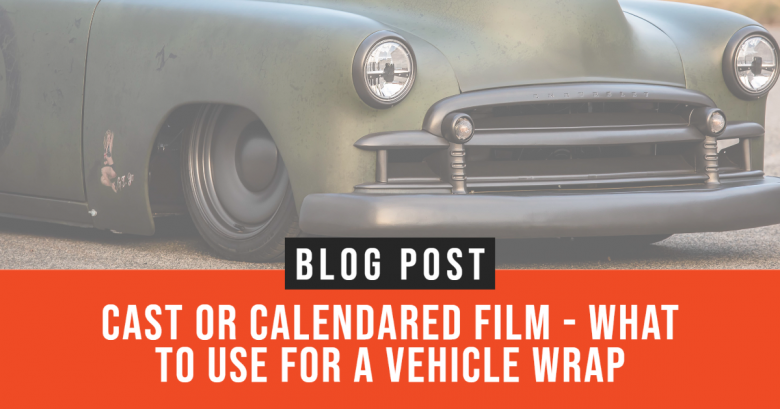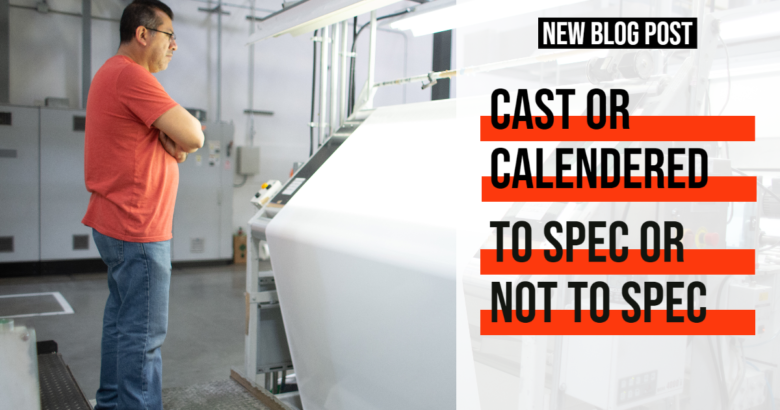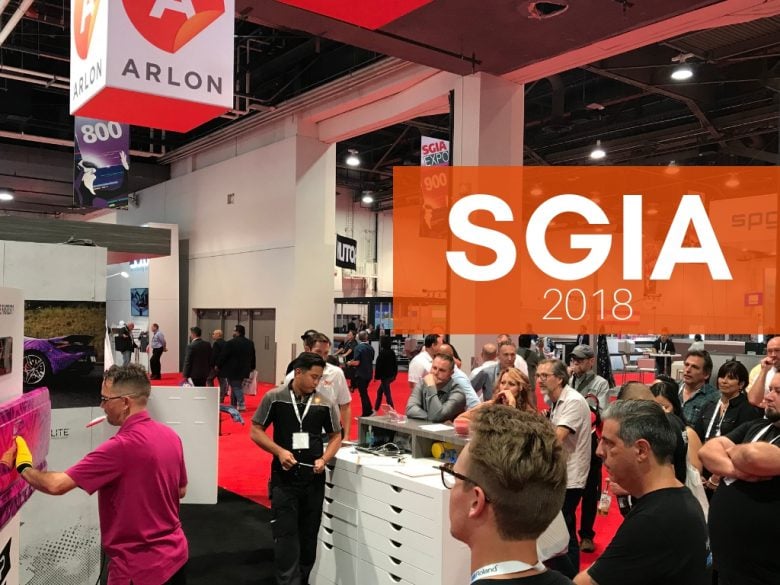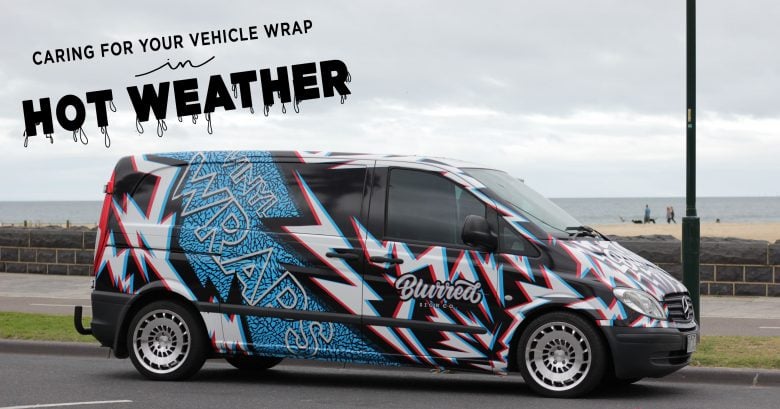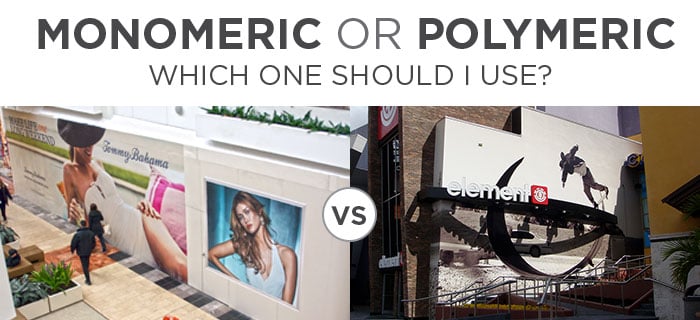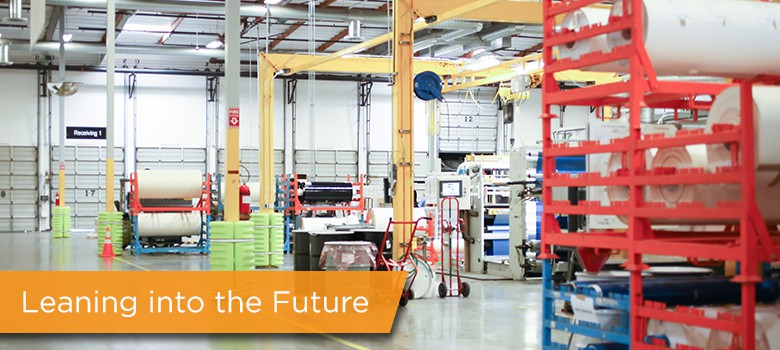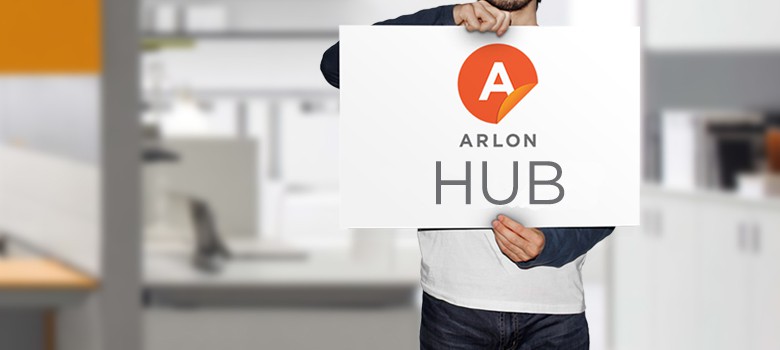Before there was the question of which vinyl film to use on a vehicle wrap, paint was the only media of choice. Fast-forward 70 years, factor in massive technological advances in adhesives and liners, we have today’s vehicle wrap films. With new technologies come new questions, such as do I need to use a Cast […]
Learn the difference between a Cast or Calendered vinyl and how choosing the right film will help you improve your film spec odds tremendously.
A huge thank you to all that visited our booth at SGIA 2018 Las Vegas, NV! This year the show had more than 25,000 registered attendees with a sold-out Expo floor. The aisles were filled continuously with attendees excited to see the latest sign and graphics technology. Arlon had a very successful show, and in […]
Summer months are known for having the longest and hottest days of the year. During this time, the amount of UV exposure increases significantly. An extended amount of UV exposure is the greatest enemy to your vehicle wrap. In these hot weather months, your vehicle is going to be susceptible to damage caused by environmental […]
Reflective films are leading the wrap world in an exciting direction, and with no surprise, a product like this can sometimes bring about new challenges. What is Reflective Film? Reflective film is a type of film that is layered with an array of glass beads or prisms that reflects light back to the observer; the […]
Are you unsure of what type of calendered film to use for different types of projects? Have you ever asked yourself, “which film should I use, monomeric or polymeric?” If you’ve ever asked yourself this question, keep reading. By the end of this article you will have a clear understanding of calendered film. Additionally, you […]
Unlike the modern waistline these days LEAN as a business model is seriously trending. If you haven’t tried this excellent diet already you and your company are probably following an unconsciously sloppy lifestyle and leaving much cash on the table as a result. The money that is not going into your collective pocket is going either […]
Nice To Connect With You! Arlon is excited to announce the launch of the Arlon blog: Arlon HUB. Check it each month to read about the latest news, announcements and tips on some of Arlon’s most popular products and other industry topics. Feel free to comment or share our blog posts with your audience anywhere at anytime! […]

